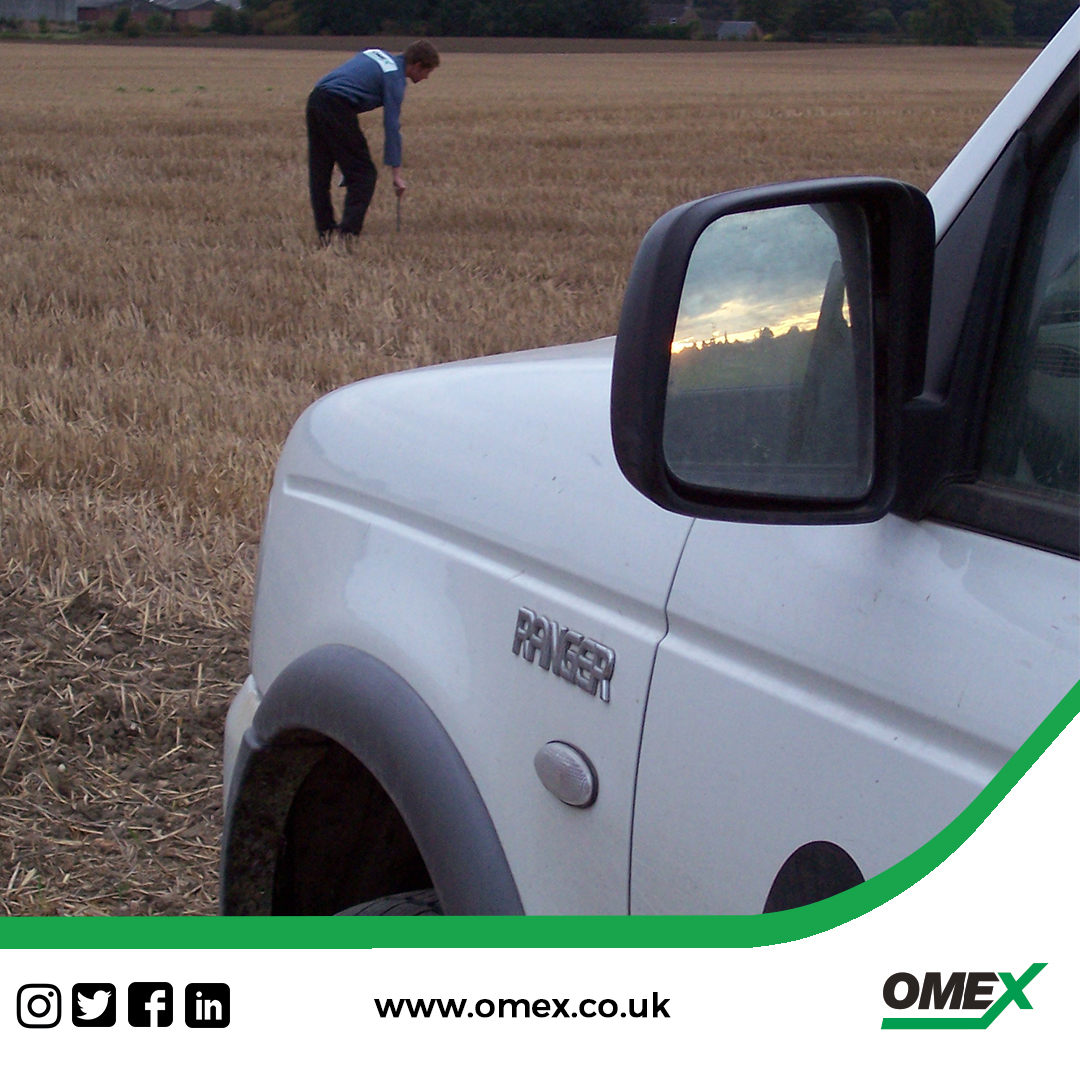The importance of Soil Sampling
Soil sampling is an integral part of choosing the most suitable fertiliser to you. By indicating the correct fertiliser analyses for crops and identifying yield-limiting deficiencies, soil sampling can in turn earn money.
Fertile, well maintained soils are more productive than those with marginal soil indicies and the crops grown use nitrogen efficiently, reducing the risk of environmental pollution.
In order to follow best management practices it is vital to know the nutritional status of the soil, only possible after regular, quality soil sampling. To ensure efficient practice a routine soil sampling should be carried out every four to five years on well managed fields, this may be more frequent for fields that aren't already partaking in routine soil analysis.
The soil sampling process indicates where nutrients are not required, particularly phosphate, potash and sodium. A routine soil sample includes Phosphate, potash, magnesium and pH. It is also possible to include boron, sodium, sulphur, copper and zinc analysis. Soil nitrogen testing is also available from OMEX by prior arrangement.
After an OMEX soil sample has been taken results are then reported using the index system developed by Defra, used by all laboratories when they report results. In order to show whether a result is near the top or bottom of an index, OMEX report to one decimal place. This precise accuracy enables the most suitable fertiliser to then be recommended.
Correct soil sampling is fundamental to good agronomy and the OMEX service ensures that a minimum of 25 cores are taken to provide a truly representative sample of the sampled area. For further information please contact your local DSM here.